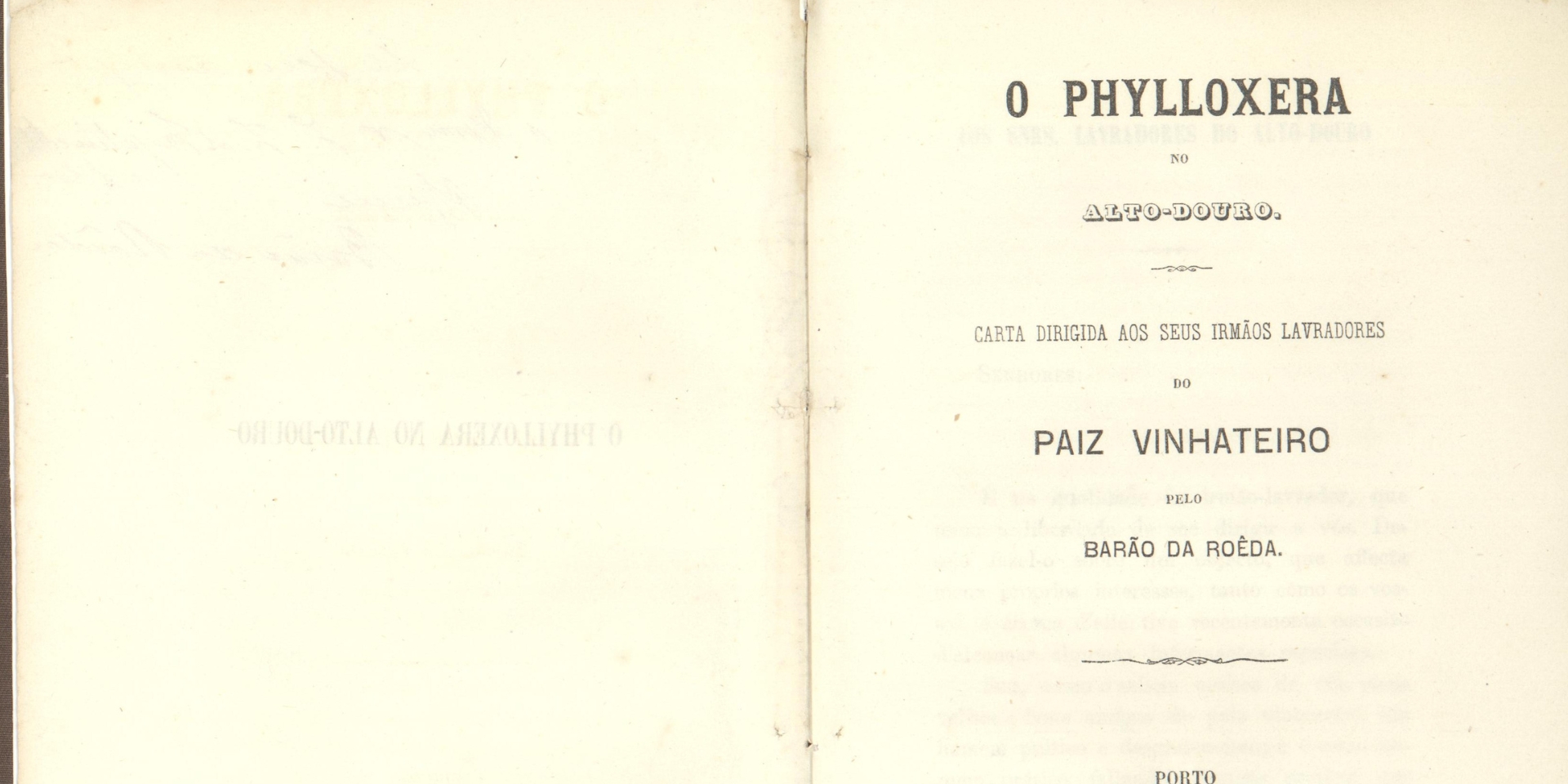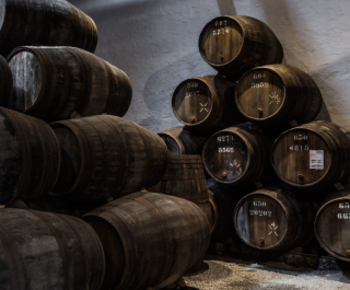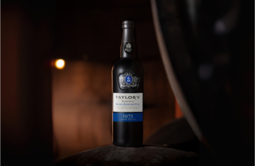Scourge of Phylloxera
In the late 1850s and early 1860s curious European botanists and vine growers had begun importing native vines from North America. They were not aware that, in many cases, these American vines carried with them small yellow mites which fed on their roots, sucking their sap. The American vines were accustomed to the assaults of these barely visible insects and had developed ways to survive them. However the European wine-producing vines had no defenses. The mites would insert their feeding tubes into the vine root, causing tuberous swellings until the root was so deformed that it could no longer draw water or nutrients from the soil. Starved and parched, the vine withered and died.
The first serious attack occurred in the southern Rhône in 1862 and the pest then spread rapidly to other parts of France causing widespread devastation to the vineyards. When the cause was finally identified, the destructive insect was named Phylloxera vastatrix.
Phylloxera is believed to have reached the Douro Valley in 1868. It first unleashed its destruction on the eastern area of the Douro, the source of the finest Ports, and by 1872 had brought many famous Port estates to their knees. Yields fell dramatically, causing shortages of wine and a rise in prices. One of the most energetic champions of the battle against Phylloxera was John Fladgate, one of the partners of Taylor’s. He travelled to France to find out what remedies were being used there and in 1872 published his findings in an open letter to the Douro farmers, later being awarded the title of Baron of Roêda for his work. It was some time, however, before the solution was found. This was to graft the European wine-producing vines onto the resistant roots of native American varieties, a measure which eventually put a stop to the destruction. However Phylloxera had caused severe economic damage and many ruined owners were not able to rebuild their derelict estates. Even today the sinister mortórios, the abandoned ruins of old terraces which were never replanted, can be seen throughout the valley


discover more




